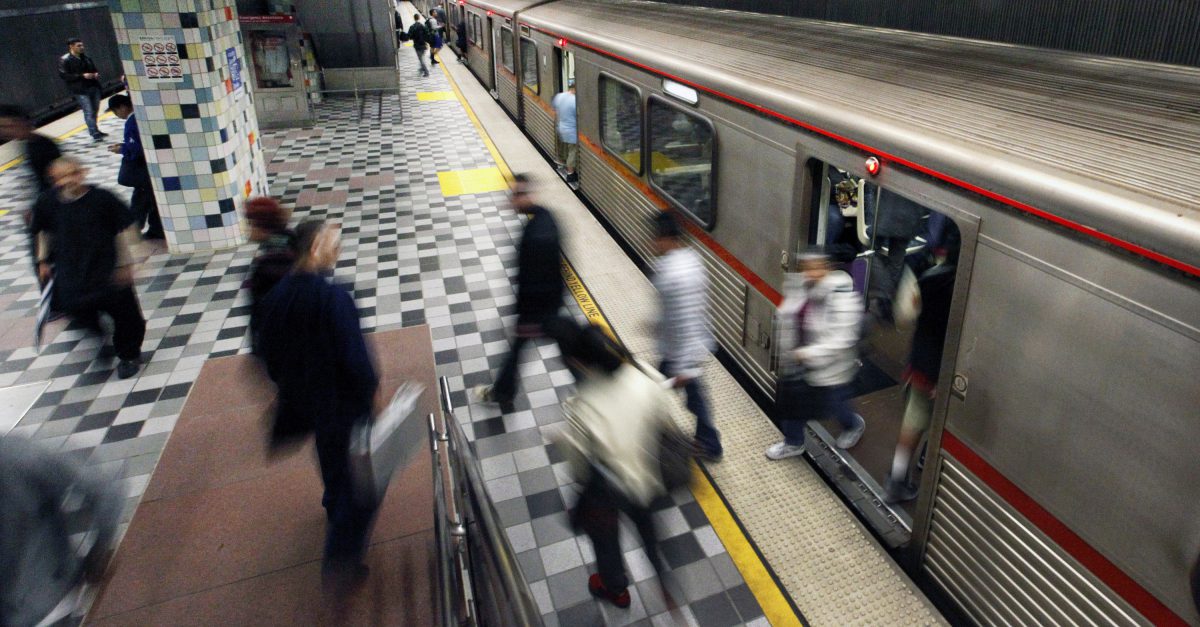Perhaps known as Clutch City for more than the basketball, one of Houstonians’ biggest complaints come the city’s horrific traffic.
Videos by Rare
Commute times on the city’s major freeways can and regularly do stretch over an hour in each direction.
RELATED: Houston traffic is balling in this week’s edition of Draped Up Drivers
Thousands of cars and trucks, all stuck in rush-hour traffic, belch exhaust fumes that enter the the air, contributing to Houston’s signature haze.
But dating as far back as 1949, one man had a vision that would eliminate all of these problems, all while allowing Houstonians to travel in safety and comfort.
His solution: subway trains.
Garrison King was an architect who envisioned Houston as a modern city on par with Moscow, Paris and New York.
The best way for Houston to reach that level, he proposed, would be to create a system of underground trains.
King’s trains would run as far southwest as Sugar Land, as far east as Harrisburg and as far north as Irvington.
He also saw “Rice Square” as the downtown hub for the line, an equivalent to New York’s Times Square or Grand Central Station.
Several hurdles stood in the way of King realizing his vision, however: one of the biggest was the cost of clearing out the soil and pumping out the groundwater that would enable workers to build a viable track in Houston’s sandy earth.
King’s proposal to the Houston Chamber of Commerce also came with a $600 million price tag, the equivalent of $6.6 billion in 2017 dollars.
Another issue preventing King’s vision from taking shape came from Houston’s weather patterns. Heavy rains, especially during tropical storms and hurricanes, make subway tunnels impassable.
The aftermath of Hurricane Sandy showed the impact of such storms on a massive subway system, like the one in New York City:
RELATED: Causes of Houston freeway traffic jams No. 327: Naked People
For those envisioning a subway in Houston’s future to compliment the current MetroRail system, there is good news and bad news:
The good news is, engineering capabilities for such a system are feasible, despite Houston’s tricky soil composition.
The bad news: underground trains cost up to six times more per mile than ground-level trains.
With this in mind, Houston commuters will likely continue to deal with traffic jams and overheated cars for the foreseeable future.



